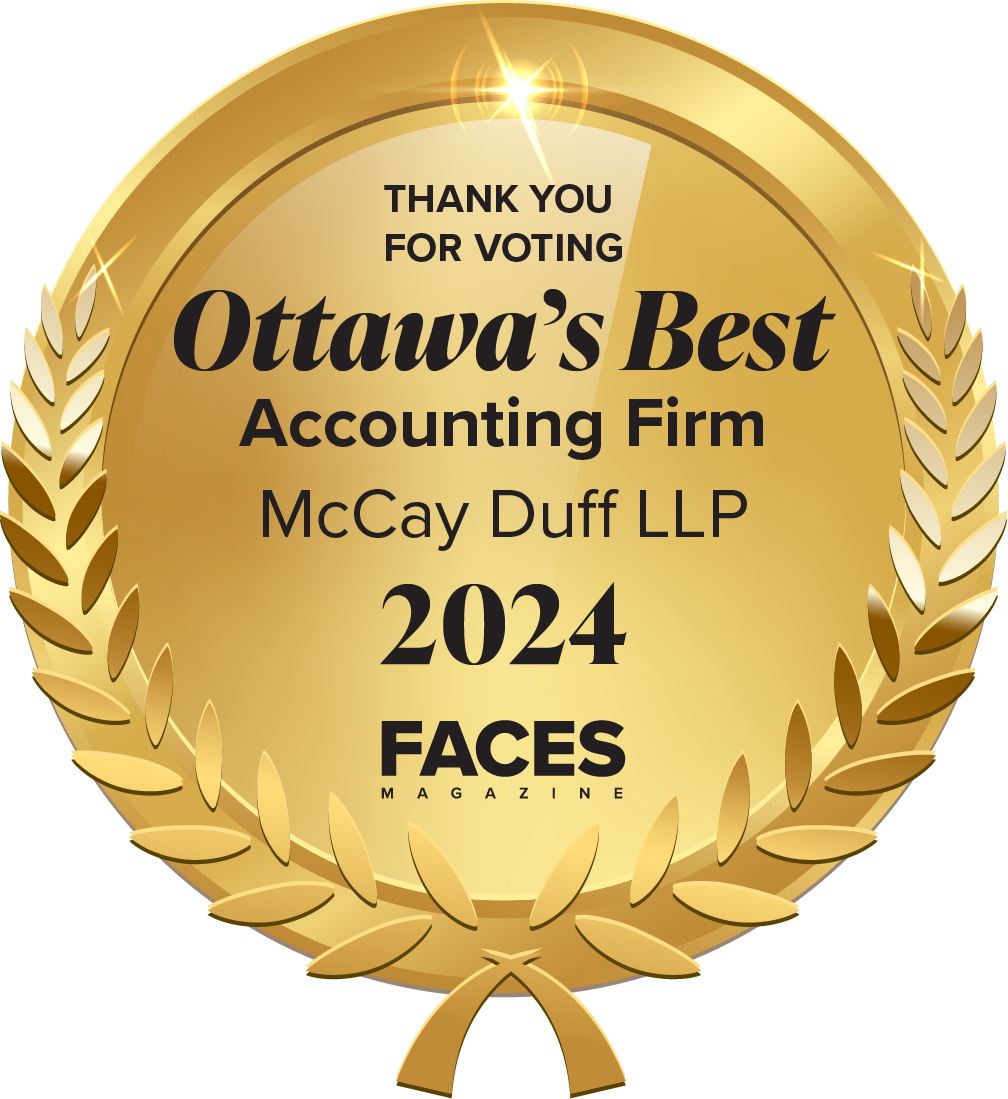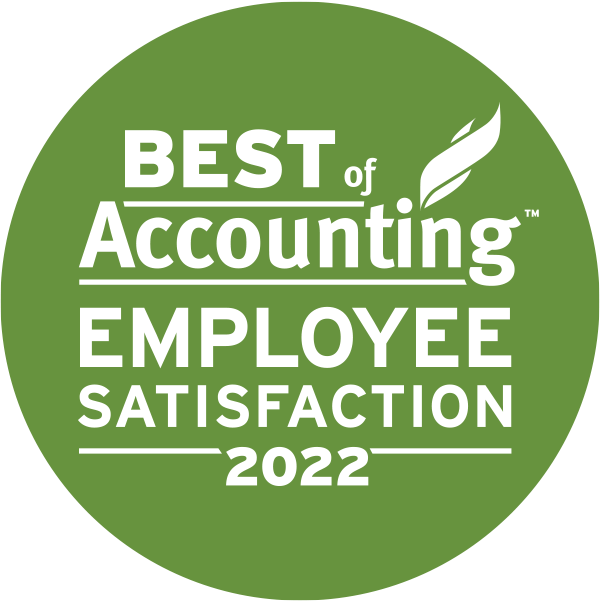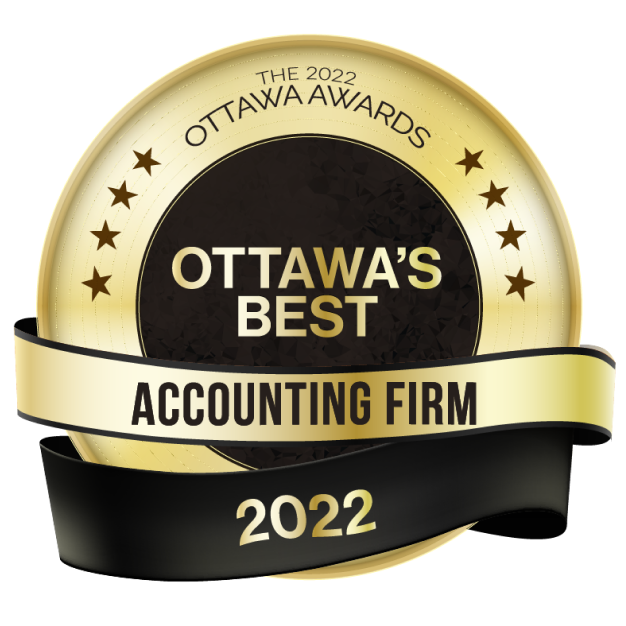Incorporating a company is separating the company from yourself, giving it a separate legal identity. During incorporation, you prepare Articles of Association and Shareholders Agreements detailing the shareholder structure and rights of shareholders. The share structure you create can have several legal, accounting, and tax implications.
Your corporate share structure is instrumental in estate planning, selling the company, seeking investments from external investors, and going public. Hence, a business owner needs to understand the various types of shares and design a share structure best suited for their business objectives.
Types of Corporate Share Structure
There are three types of shares in Canada: common, non-voting, and preference. Each share determines the right to ownership, vote, and dividends. Within these types, you can have several classes (Class A, Class B, Class C and so on) and list the rights, privileges, restrictions and conditions for each class in the Articles.
- Common shares: Every share has one vote and the right to get dividends when the company profits.
- Non-voting shares: The shareholder has no voting rights but has the right to get dividends from the company profits.
- Preference shares: The value of these shares is fixed. Preference shareholders have a preference over common shareholders to get dividends.
When making articles of association, you can specify the number of shares of each class the company is authorized to issue in its lifetime. It is called authorized shares, and the number can be unlimited.
Most companies start their business with only one share class, common shares. A single share class is not a problem if the company is a sole proprietorship. But when you have more than one owner, or you want to share the business income with partners, family, employees, and investors, having only common shares could have drawbacks. Hence, it is recommended to have a non-voting share class.
How Corporate Share Structure Can Make a Difference
Let us understand the relevance of the corporate share structure with the help of an example.
Mary and Jake own a wine cellar. While Mary works full-time in the wine cellar, her spouse Jake works part-time as he has his graphic designing gig from which he earns $60,000. They withdraw $70,000 from the business as dividends. A typical scenario like this can have different outcomes in different share structures.
Note: When you declare dividends, they are paid to the share class as a whole and not per share.
Scenario 1: Mary and Jake have only one share class, common shares. In this situation, they are 50/50 owners of the wine cellar and will get a 50/50 dividend ($35,000 each). Since Jake is not actively involved and has another income source, he will fall under a higher tax bracket and pay more taxes. If the two get divorced, it would be detrimental to the company as both have equal ownership.
Scenario 2: Mary creates three classes of shares:
- Class A shares: They have all the voting rights and have no dividend rights.
- Class B and Class C shares: They have no voting rights but have dividend rights.
Mary retains all Class A and Class B shares and gives all Class C shares to Jake. Now, she can withdraw the $70,000 in any proportion between Class B and C (50/50 or 70/30). If she uses the 70/30 proportion, Mary will get $49,000 and Jake $21,000 in dividends. This way, they can get the same total income while maintaining a lower tax bracket.
Mary won’t lose ownership of her wine cellar in a dispute or separation. This structure can also work in estate planning wherein Mary wants to ensure regular income for minor dependents. She can give the minors Class B shares. Regarding the transfer of ownership, she can gradually transfer Class A shares.
Things To Consider When Designing Share Structure
Every business has the right to design its shareholder structure per the business requirements and objectives. As the business owner, you can determine the number of share classes, the share count, and the rights and privileges every share class will get. You must state all these details in your articles and shareholders agreement. In case of any future dispute, what is written in the articles and shareholder agreement will have the final say.
If you have a shared structure in mind, consult an expert who has handled various shared structures. You can change the share structure by making amendments to the articles. However, it is a tedious process with a lot of legal work. A business consultant can help you carve out a structure with a long-term focus.
Contact McCay Duff LLP in Ottawa to Help You with Your Share Structure
A skilled business consultant can guide you through your incorporation and help you create a share structure best suited for your business. To learn how McCay Duff LLP can help you with your business share structure and incorporation, contact us online, by telephone at 613-236-2367, or by toll-free at 1-800-267-6551.





